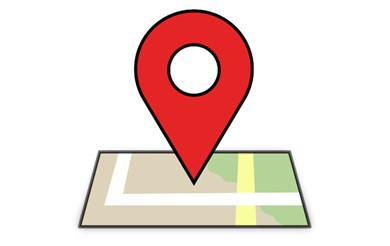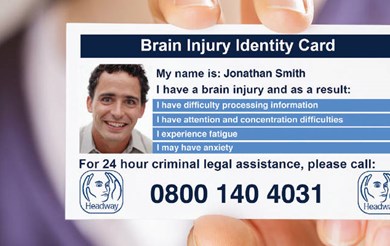Basal Ganglia
Collections of grey matter in the deep areas of the brain, below the cerebral cortex. They are involved in the control of movement and injury may produce a disturbance resembling Parkinson's disease.
Cerebellum
Area at the back of the brain, below the cerebral hemispheres, involved in the control of movement, co-ordination, posture and balance.
Cerebral
Concerning the brain.
Cerebral angiogram
An X-ray picture of the blood vessels inside the head. A drug is injected via the groin artery to outline these cerebral vessels.
Cerebral anoxia
A complete interruption of the supply of oxygen to the brain.
Cerebral hypoxia
A partial interruption of the supply of oxygen to the brain, which becomes inadequate to maintain normal brain function.
Cerebral ischaemia
A deficiency of blood supply to brain tissue, due to an interruption or reduction of arterial blood flow.
Cerebrum
This is the largest part of the human brain, which occupies most of the skull cavity. It is made up of the two cerebral hemispheres.
Frontal lobes
The largest lobes of the brain, occupying the front part of the cerebral hemispheres. As well as containing the areas controlling voluntary movement and speech production, the frontal lobes are involved in the executive functions of thinking and reasoning, the integration of complex information, judgement, decision-making and planning for the future. They also have an important role in social behaviour, personality and emotion.
Grey matter
Nerve cell bodies in the brain, which have a greyish appearance and make up the cerebral cortex.
Gyrus (pl. gyri)
A ridge of the cerebral cortex (also see SULCUS).
Myoclonus
Sudden, shock-like muscle twitches or jerks, seen in various brain disorders and quite common following severe cerebral anoxia.
Occipital lobes
Area at the back of the cerebral hemispheres, containing the main visual centres.
Parietal lobes
The part of each cerebral hemisphere primarily concerned with the perception and interpretation of sensation and movement.
Parkinson's disease
A slowly progressive brain disease involving the basal ganglia and causing reduced movement, rigidity and tremor. Damage to the basal ganglia - which can occur in cerebral anoxia - may produce symptoms resembling spontaneously occurring Parkinson's disease.
Sulcus (pl. sulci)
A groove of the cerebral cortex (also see GYRUS).
Temporal lobes
The part of the cerebral hemispheres located under the frontal and parietal lobes, lying inwards of the ears. It has a range of important functions and is involved with hearing and some complex aspects of auditory, language and visual perception, as well as memory and emotion.
White matter
White coloured nerve tissue in the brain made up of myelin covered axons, which transmit electrical signals through the nervous system. The white matter lies underneath the grey matter of the cerebral cortex and white matter tracts travel down through the brainstem and into the spinal cord.









